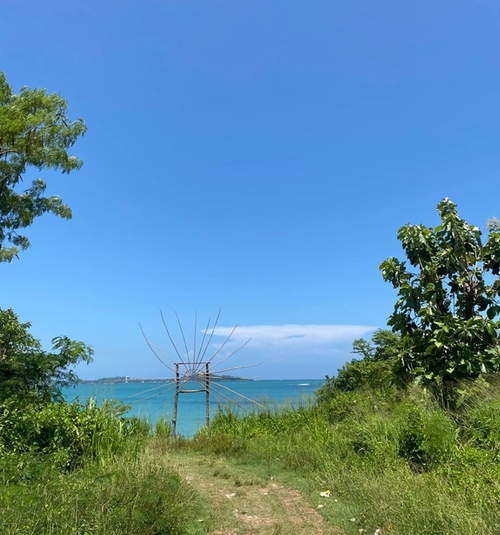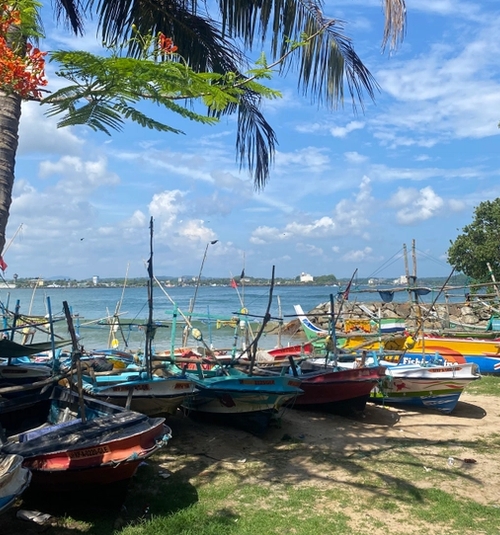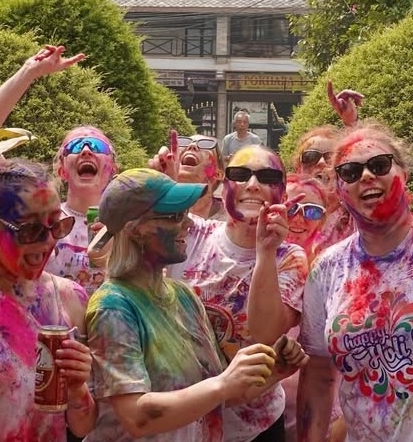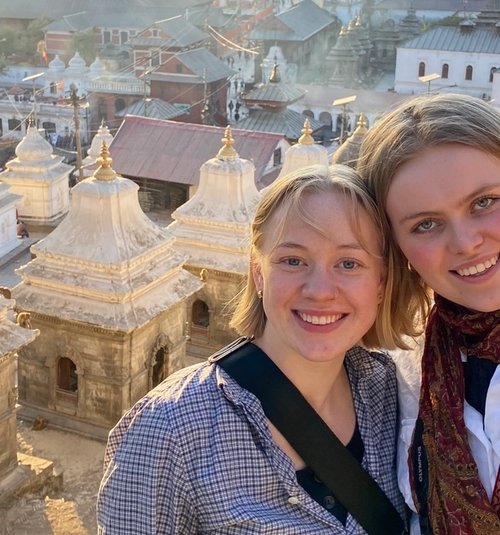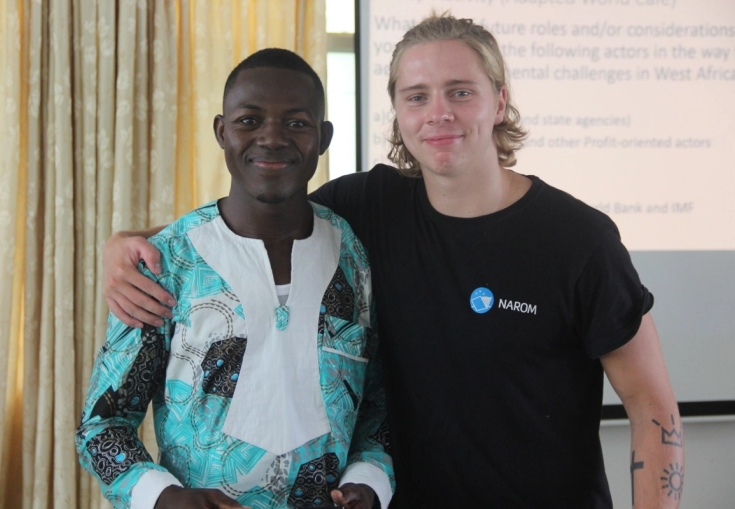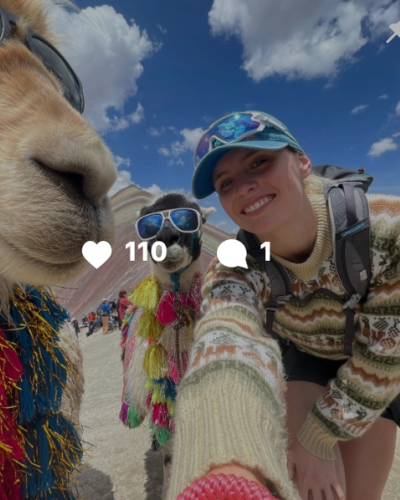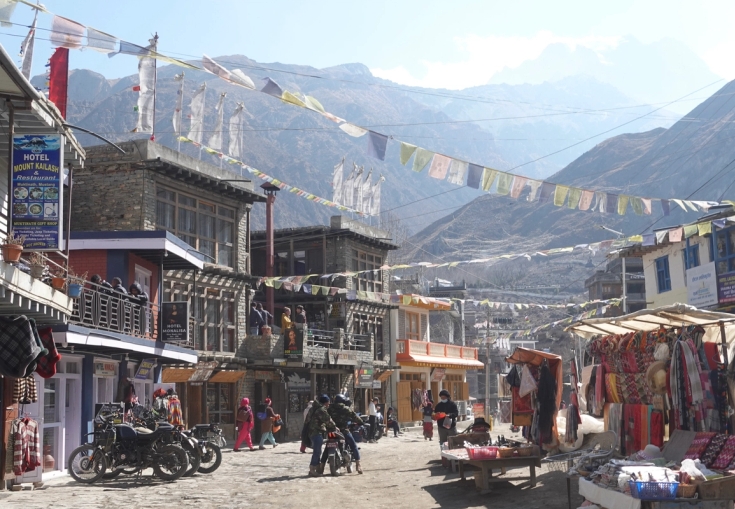
An amazing trip to the Mustang district in northern Nepal
During the study period in Nepal, there are several long weekends when one has the opportunity to travel around the country. Nepal is situated between China and India, which offers a fantastic opportunity to explore different parts of the country and the various cultures in both the north and the south.

This text is translated using AI.
View the original article here.During the first long weekend, many of us went on trekking and hiked to Mardi Himal, a beautiful journey that can be completed in 4 or 5 days.
This is the perfect trip for a long weekend, but there are also some who choose to relax by the pool or travel somewhere else.
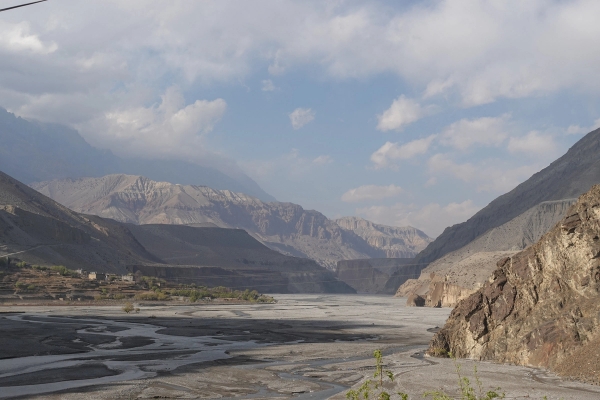
With a new long weekend ahead of us, it was time for new experiences!
Many chose to go to Chitwan in the south of Nepal, known for safaris and tropical landscapes. Others prefer more trekking, and there were several who went to Annapurna Base Camp. We were a small group that decided to travel north to Mustang, near the border with Tibet.
There are many ways to get to the Mustang district. One can walk there, fly, or drive a Jeep. We chose the Jeep, which I would definitely recommend.
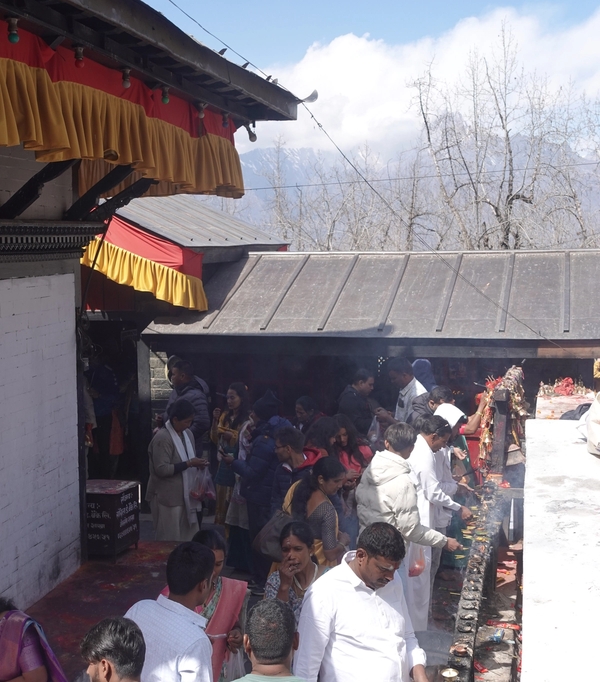
The Mustang District is known for its very beautiful mountain landscapes and villages. It is also the destination for a very important pilgrimage for Hindus and Buddhists, and one of the places where Tibetan culture is best preserved.
We were three girls and a Jeep against the world. The driver was well acquainted with the area and knew exactly where we should stop both on the way up and on the way down, which was very helpful.
The drive may seem long, largely due to poor roads, but with many stops along the way featuring spectacular views or other attractions and beautiful landscapes, the long journey is (almost) purely a delight.
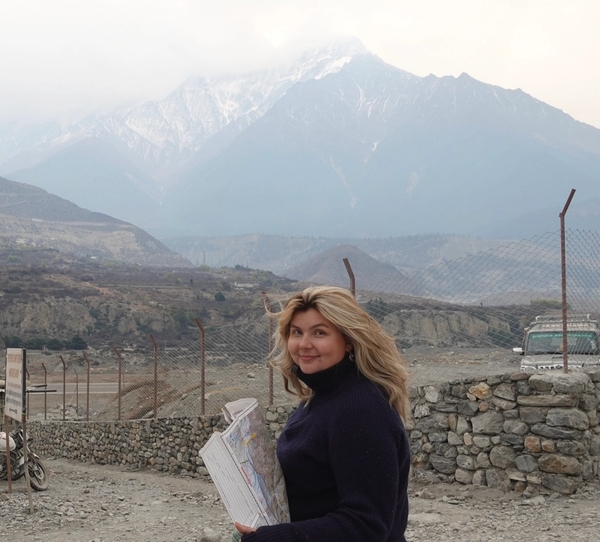
We drove along beautiful rivers, through charming villages and first stopped in Tatopani, a place with natural hot springs. I can confirm that they were indeed hot springs, as I barely managed to dip my toe in the water due to the heat.
Some were a bit braver and managed to immerse more of their body into the warm water, while I was left with the feeling of being boiled alive. So if it's hot water you're after, Tatopani is undoubtedly the place for you. Incidentally, Tatopani means "hot water".

We arrived at Jomsom, the district capital of Mustang, which is situated at 2800 meters above sea level. We checked into a hotel along the airstrip, which is as long as the entire town.
The city is surrounded by the spectacular Nilgiri and Dhaulagiri mountains, the latter being more than 8000 meters above sea level. Jomsom was a fascinating mountain village, and just its location alone is worth the trip!
The next day was set for the pilgrimage to the Muktinath Temple, which is a sacred destination for both Hindus and Buddhists. The temple is located 3800 meters above sea level, and we drove most of the way up to Muktinath, before walking up the Sherpa stairs for the last half hour.
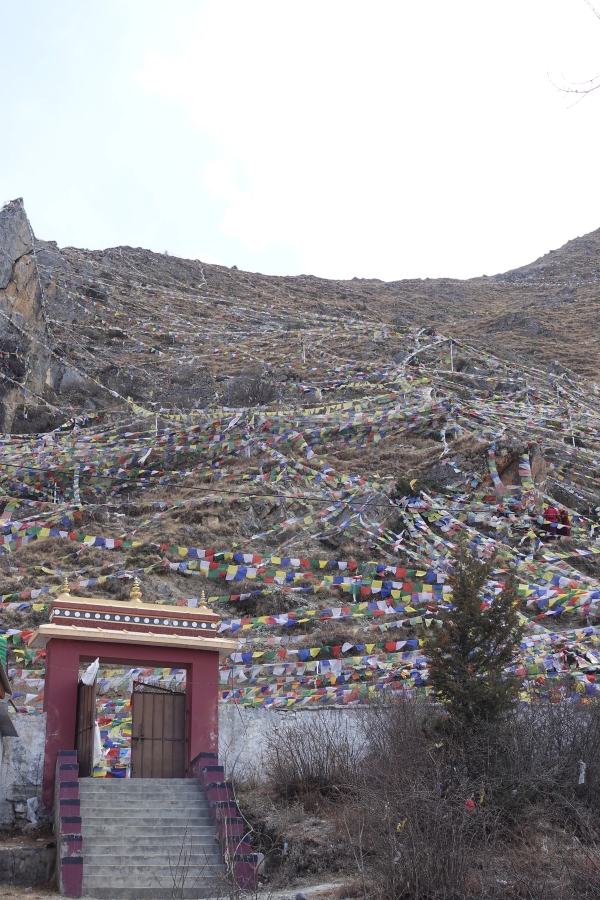
We were not alone on this pilgrimage on this day. We were in good company with busloads upon busloads of Indians who had traveled far to reach the holy temple.
The entire mountainside is covered in prayer flags, and on the right side, one can glimpse a huge Buddha statue near the lookout point. Further to the left on the mountainside is the Muktinath temple, which is the actual destination of the journey.
Part of the ritual at the temple involves running through 108 fountains with ice-cold water. Afterwards, one must immerse oneself three times in two pools with equally cold water.
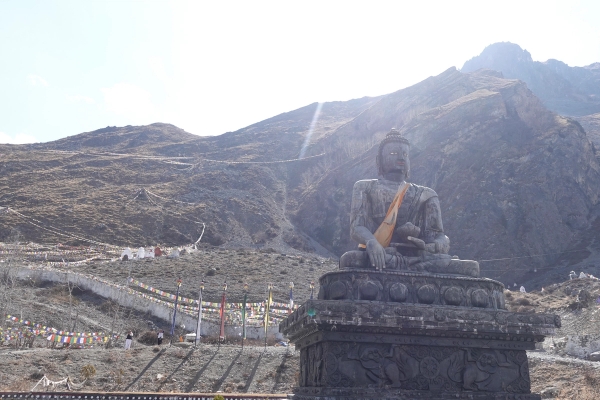
By performing this, it is said that one will be cleansed of their sins. Naturally, we couldn't be any worse than the others, and also embarked on this journey.
Cold water at an altitude of 3800 meters is cold, but after all, we were cleansed of our sins, so it was absolutely worth it.

On our way down from Mustang, we stopped in Kagbeni, a village with a large Tibetan monastery and a 600-year-old temple. We also got to meet some friendly locals who invited us into their homes.
Nevertheless, we were advised not to stay overnight there due to the extreme wind. Therefore, we traveled on to Marpha, a more tourist-friendly town known for its apple trees and whitewashed buildings. Marpha boasted a "TikTok street", it's truly everywhere here in Nepal, even in mountain villages.
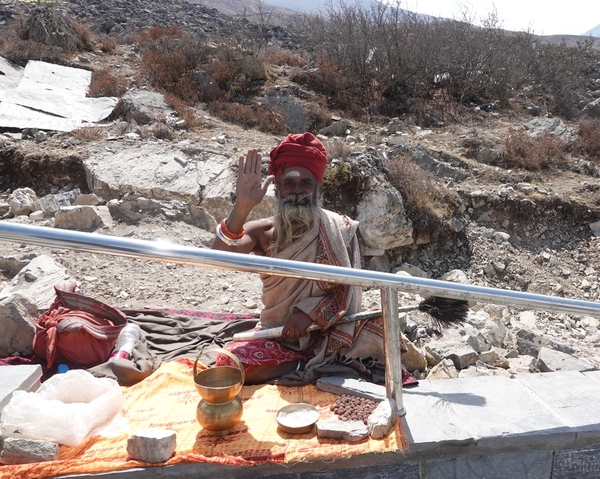
The day after, it was time for the journey home. We made a few stops on the way back as well, including a visit to the world's second highest bungee jump! We politely passed on the 228-meter jump, but observed many who were a bit braver than us.
We all came home extremely satisfied, full of experiences, and so much new culture that we got to experience on this short trip away from our study town Pokhara.

